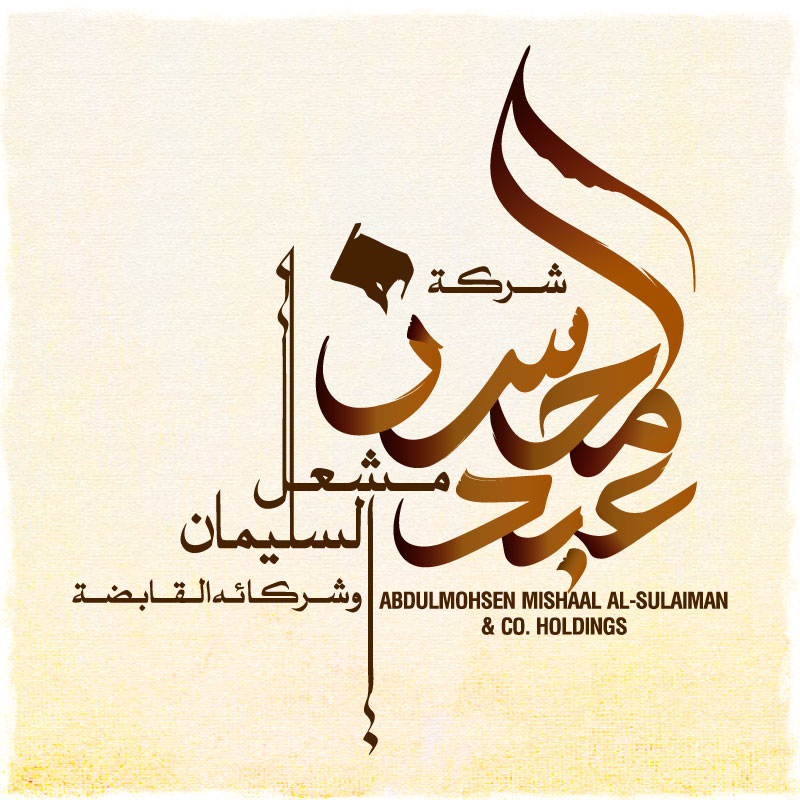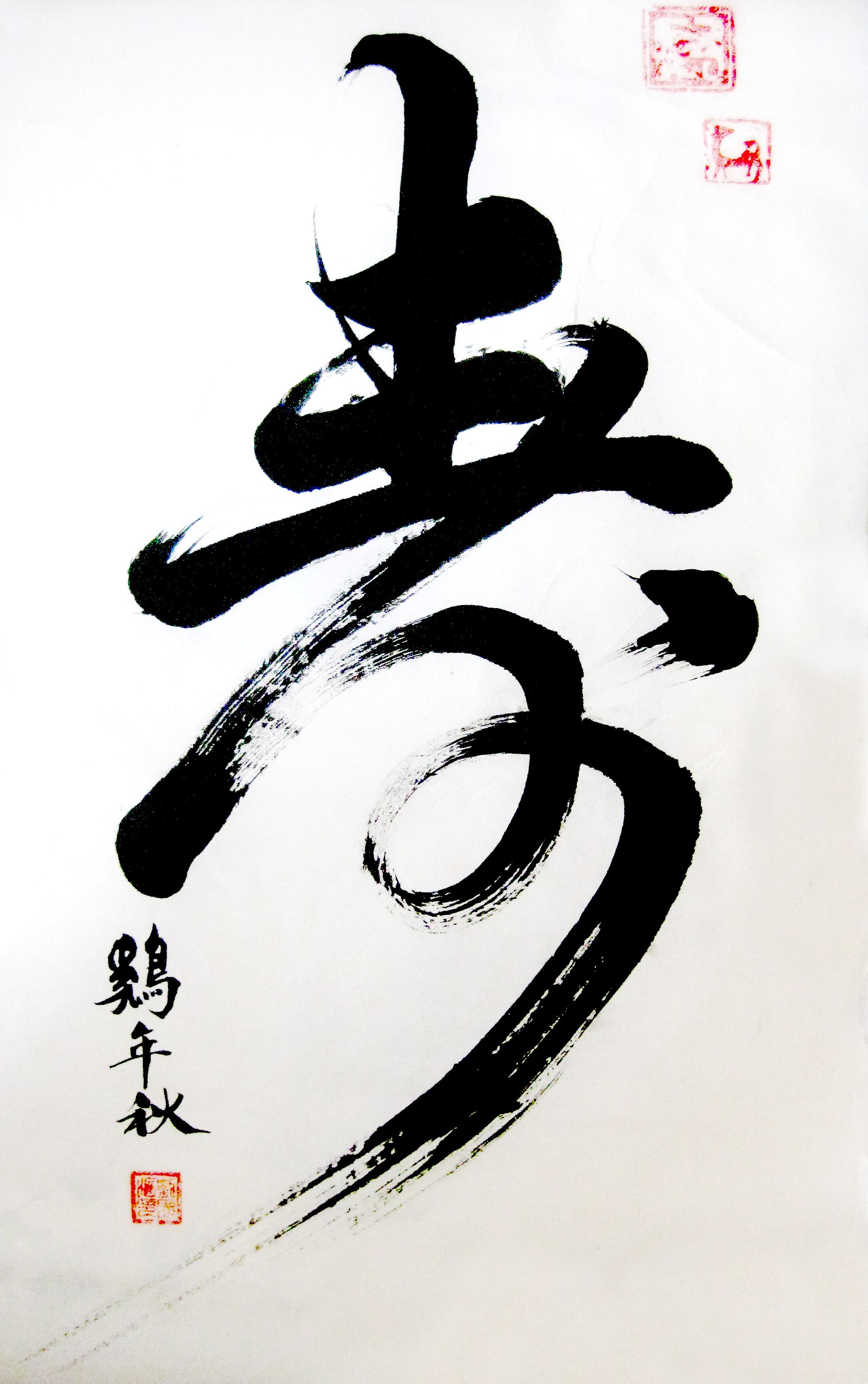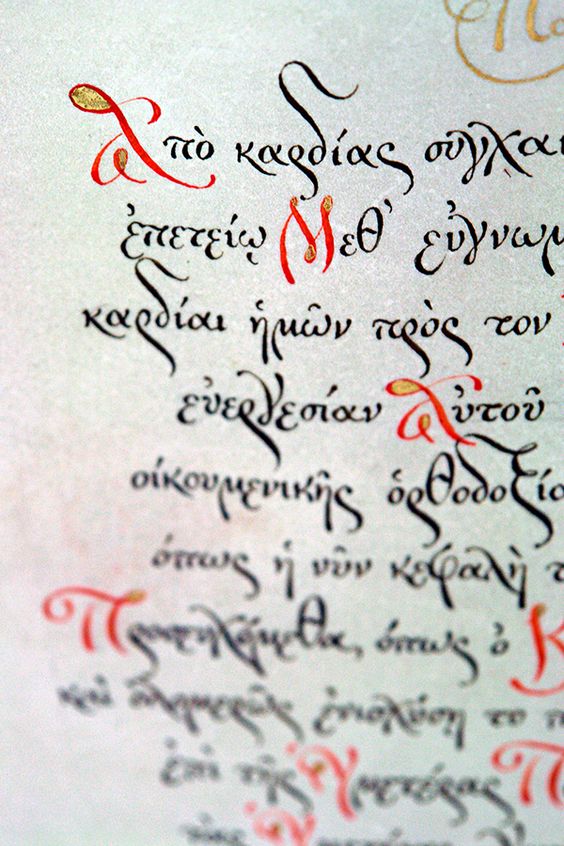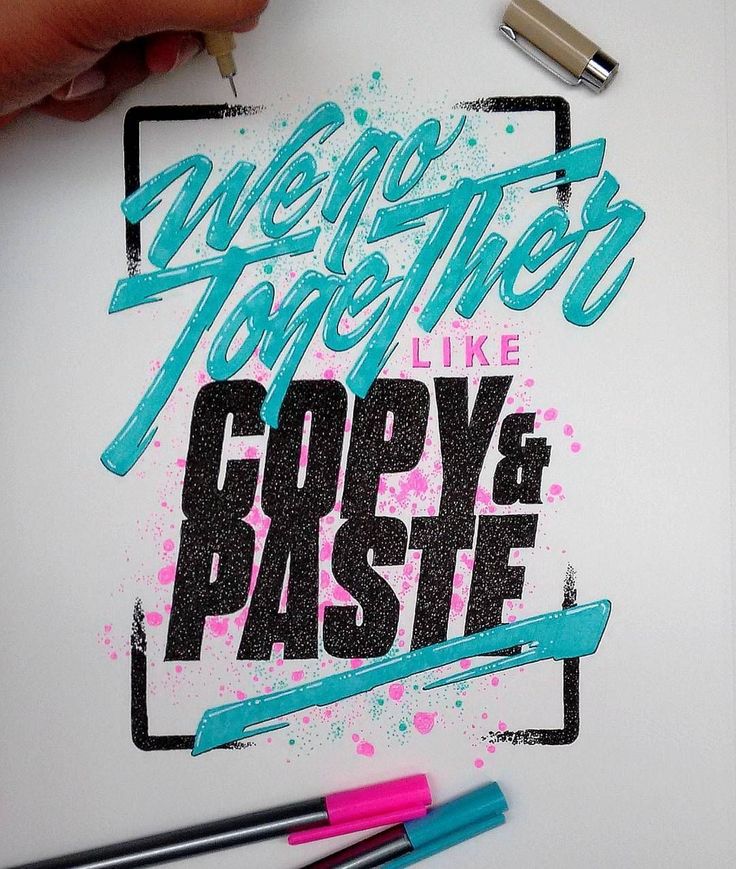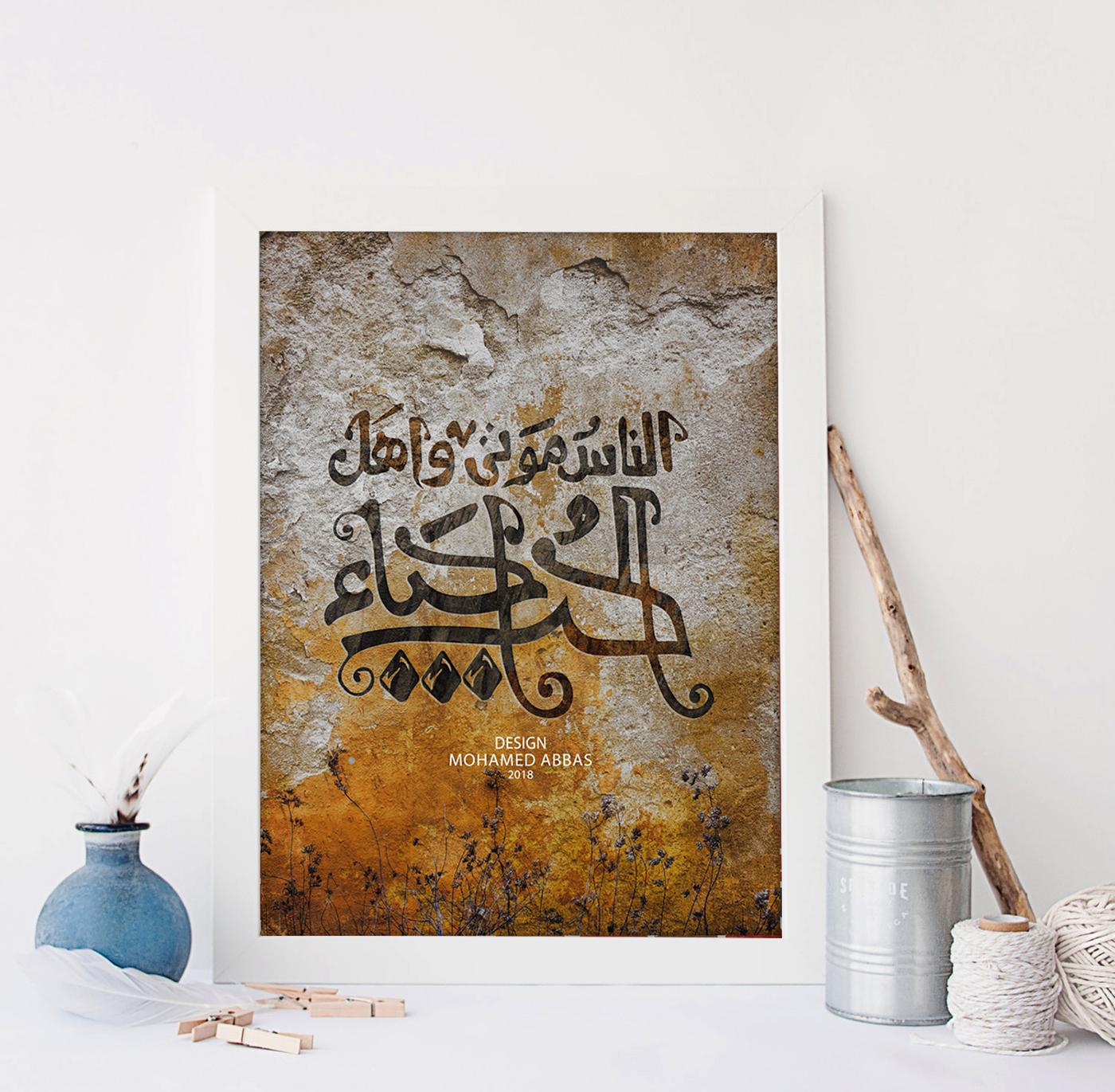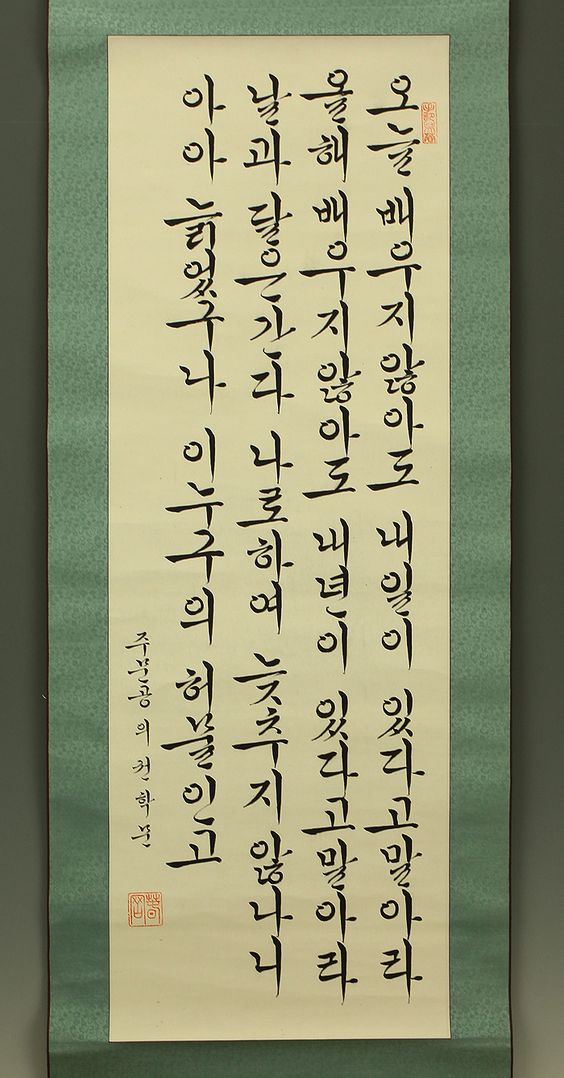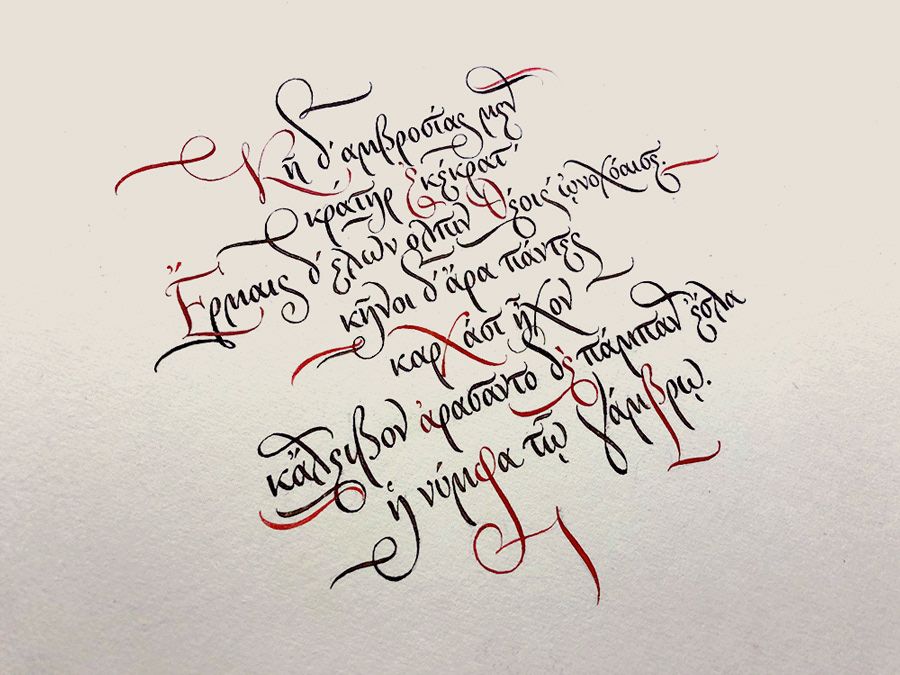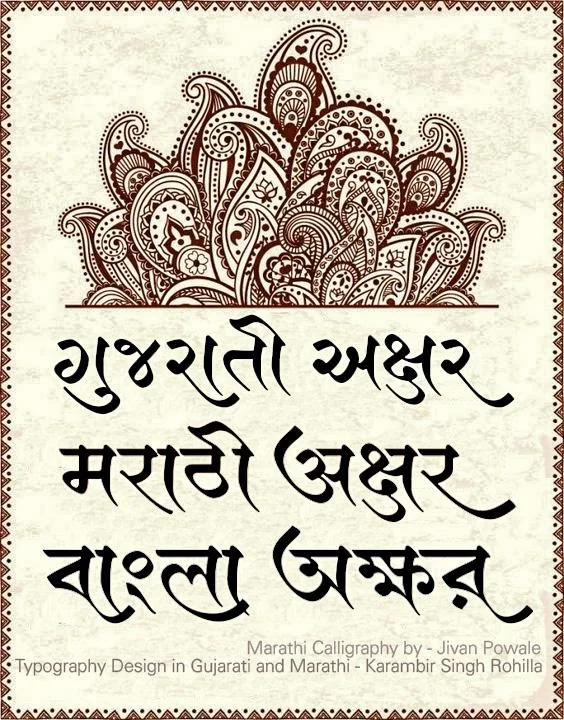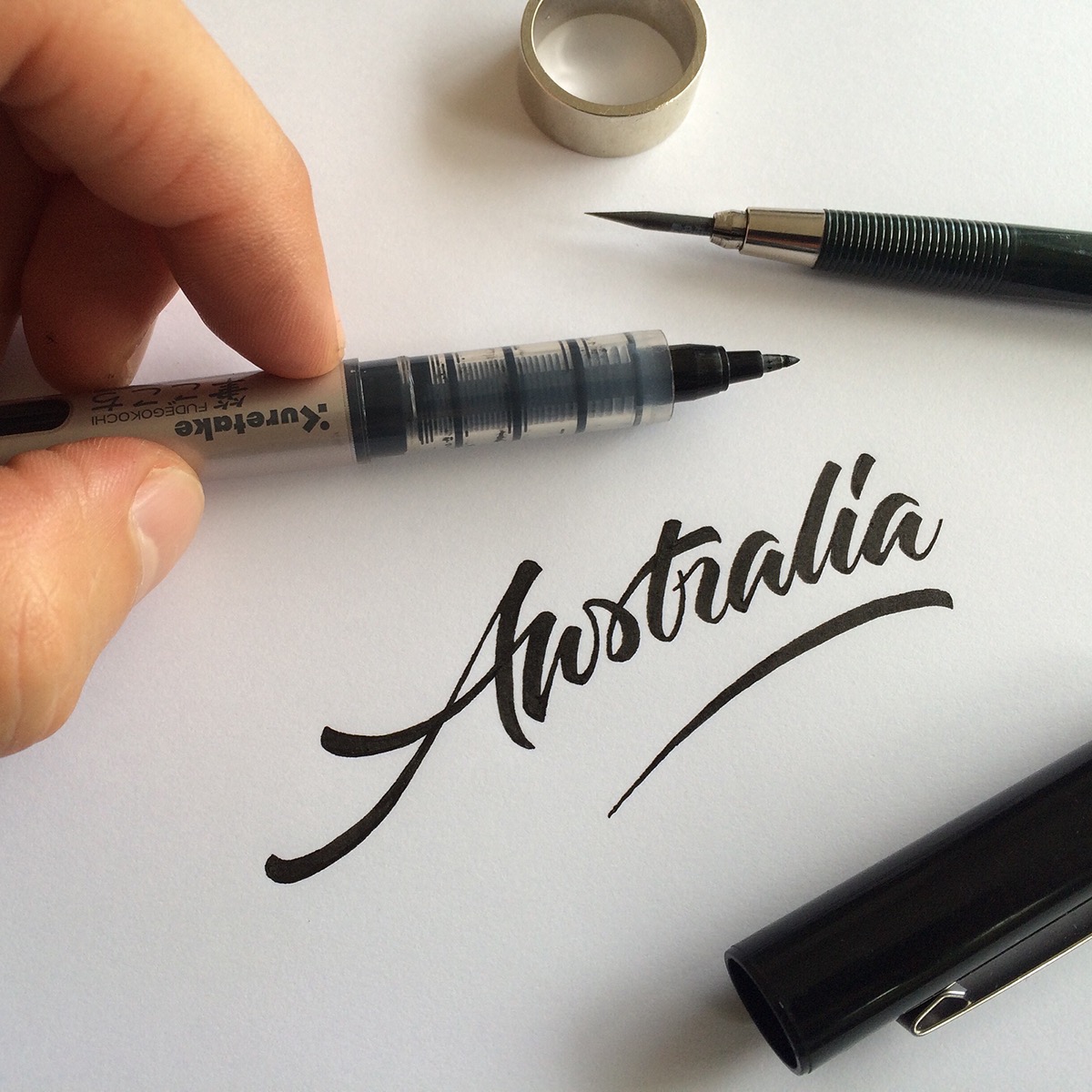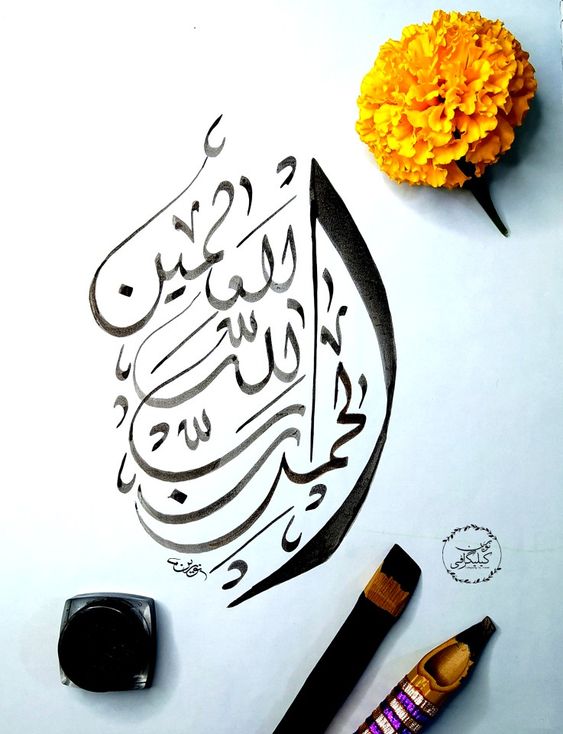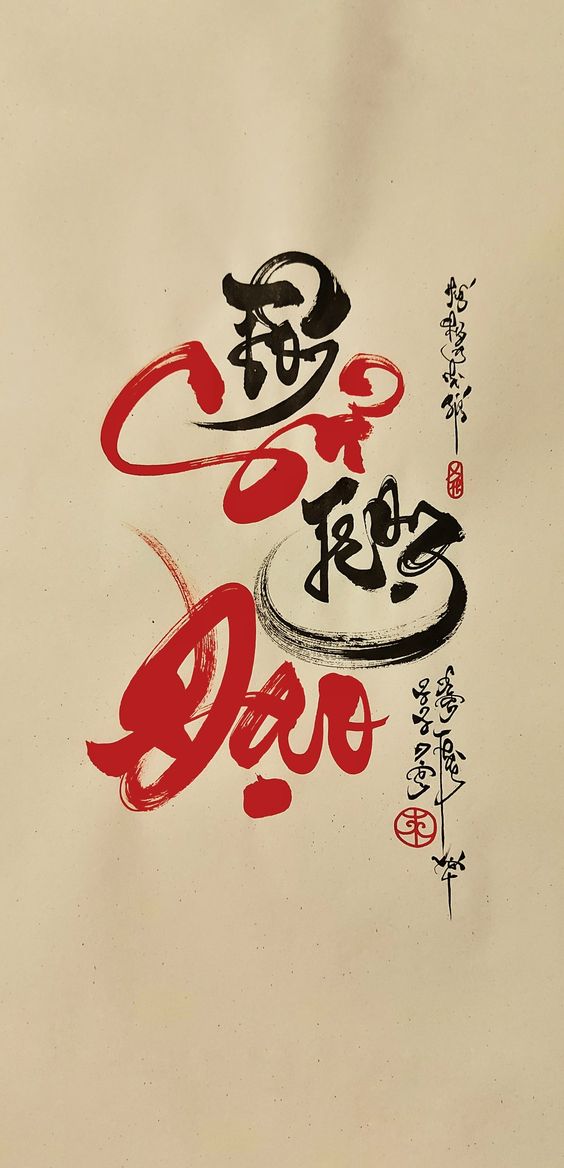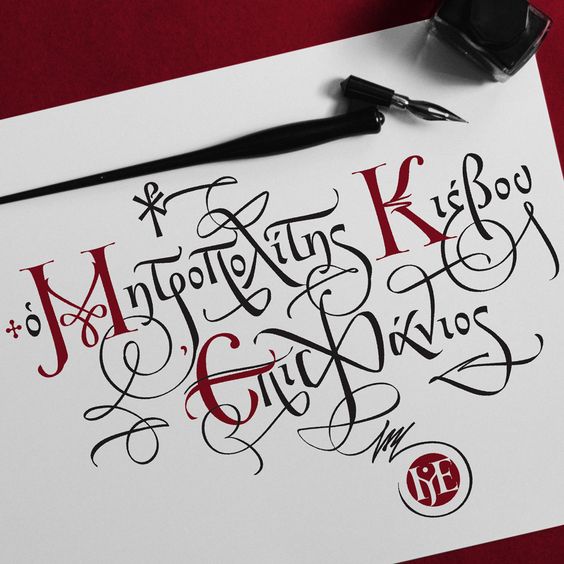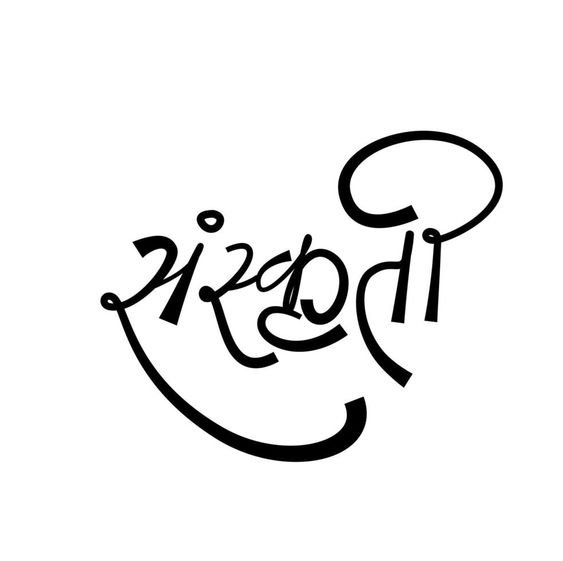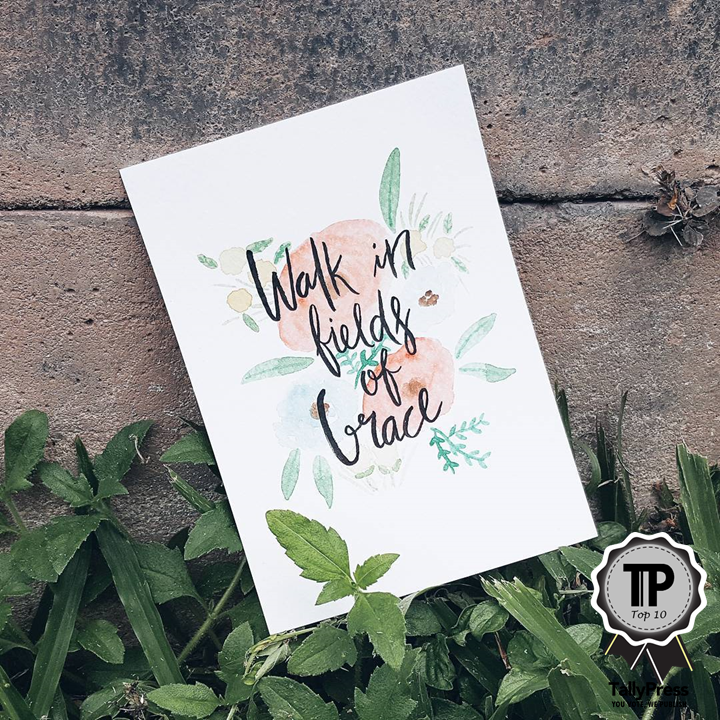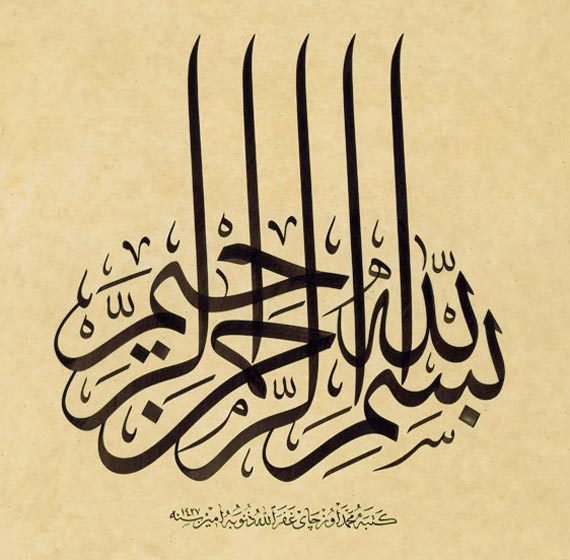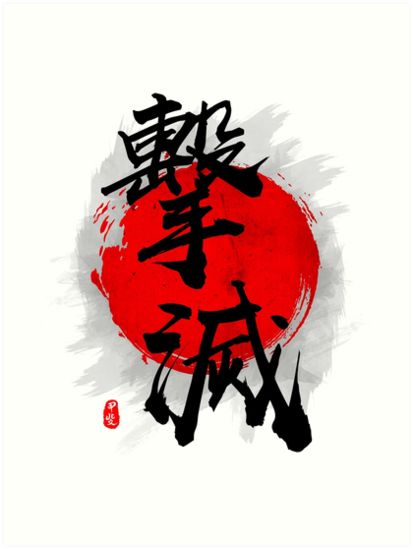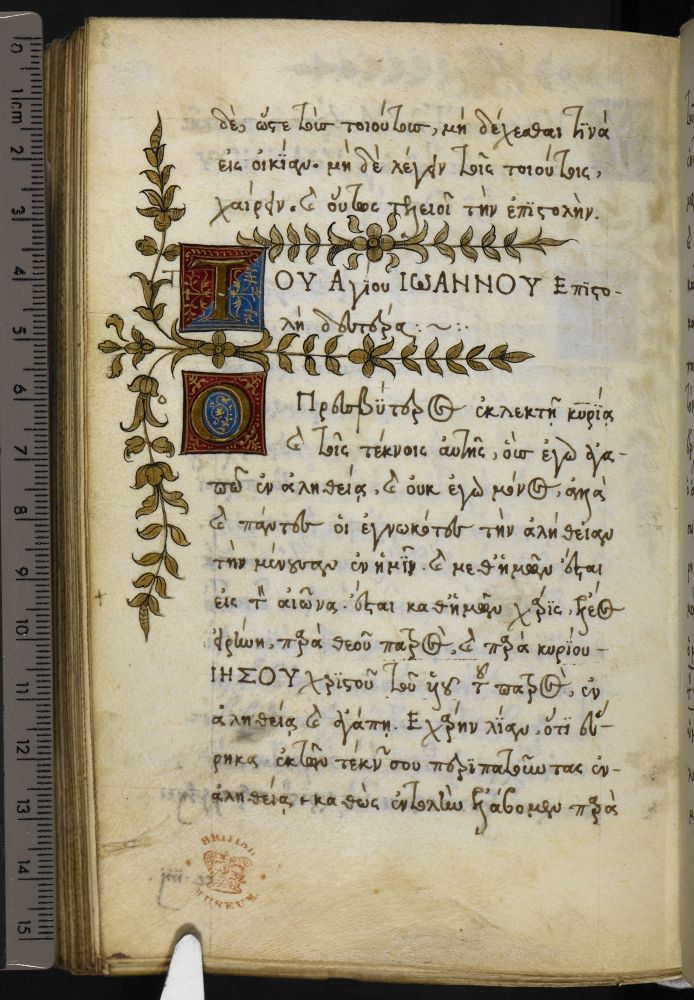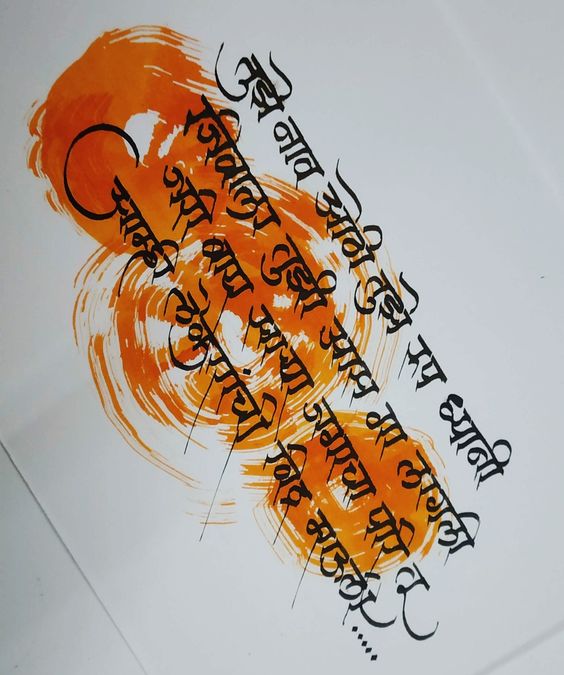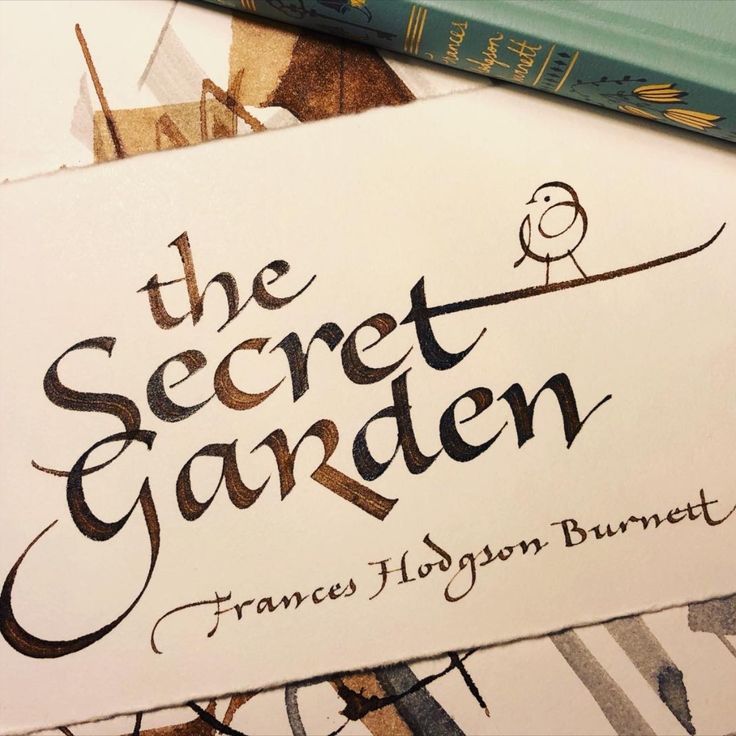
A BRIEF HISTORY OF CALLIGRAPHY
The word ‘calligraphy’ is a combination of two Greek words: kallos (beauty) and graphein (to write).
Calligraphy is the art of forming beautiful symbols by hand and arranging them well.It’s a set of skills and techniques for positioning and inscribing words so they show integrity, harmony, some sort of ancestry, rhythm and creative fire.
Calligraphy has existed in many cultures, including Indian, Persian, and Islamic cultures; Arabic puts a particularly high value on beautiful script, and in East Asia calligraphy has long been considered a major art. Calligraphers in the West use pens with wide nibs, with which they produce strokes of widely differing width within a single letter.
From the moment the first quill hit the first piece of parchment, humans have been looking for the most beautiful and decorative way to present their writing.
From holy texts to royal decrees, Chaucer to Shakespeare and Greek to Latin, all writing was passed down from generation to generation – strange to think about in this technological age!
It is estimated that the Romans were the first to really bring calligraphy to the masses – you only have to take a look at many of the statues throughout Italy or Roman remains in the UK to see the strikingly beautiful lettering that they painstakingly carved. They did also write in this style!
So to summarize, the history of calligraphy is the history of people consciously identifying handwriting as a potential art form separate and distinct from any other method of shaping writing symbols (woodcut, typography, engraving, skywriting, etc).
TRADITIONAL CALLIGRAPHY
To understand what traditional calligraphy is, it is important to first learn what the rules of traditional calligraphy are. It is these rules that will allow you to spot the details and distinguish this calligraphy style from modern calligraphy. For someone trying to explore the modern style of calligraphy, it is very important that he/she gets himself/herself well acquainted with the rules of traditional calligraphy. While modern calligraphy focuses on breaking the rules, one needs to know what these rules are before attempting to break them.
Traditional calligraphy has a number of different styles that a person can use. These styles, commonly known as hands, have two distinct schools that they belong to. These schools of traditional calligraphy are the Spencerian and the Copperplate.
Both the Spencerian school and the Copperplate school have specific rules that need to be followed, and it is important to know them to best create these traditional calligraphy styles. For anybody wanting to learn traditional calligraphy, Copperplate is the most recommended style. Using a pointed pen that has been specifically made to help create this calligraphy style, it familiarizes beginners with the rules and the vocabulary needed to learn calligraphy.
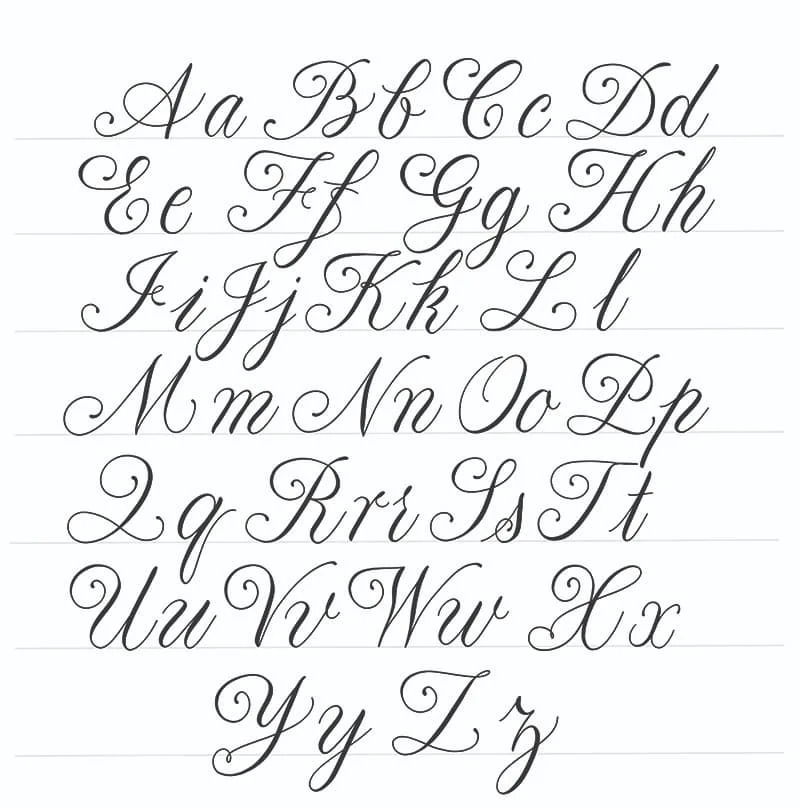
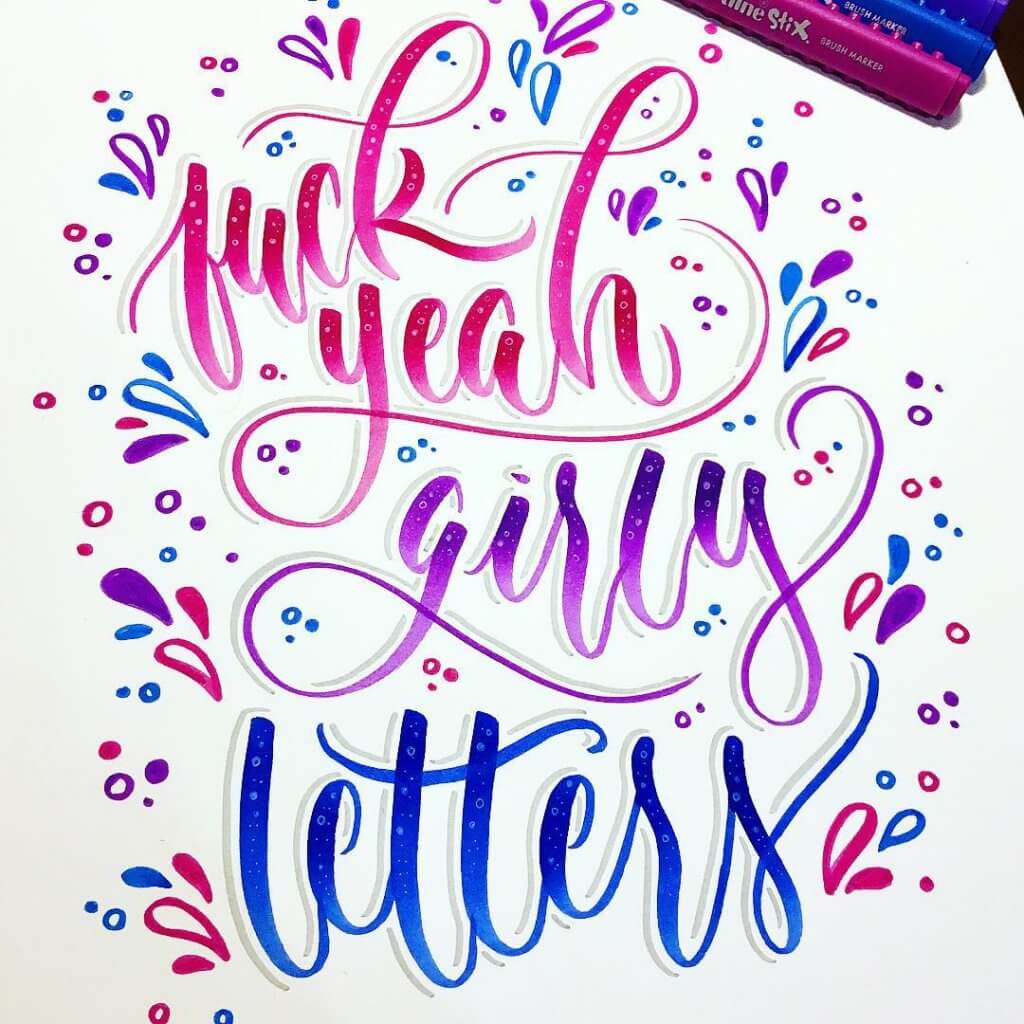
MODERN CALLIGRAPHY
While traditional calligraphy can be fit inside the two distinct schools of Copperplate and Spencerian, modern calligraphy is a little harder to define. It is so owing to the simple fact that it incorporates myriad styles under its umbrella. However, to define what modern calligraphy is in the shortest manner possible, it can be considered as any form of calligraphy that is not a traditional form of calligraphy. While traditional calligraphy sticks with rules and particular formations and strokes, modern calligraphy likes to bend these rules and have fun with the style and script. It is a highly creative form of calligraphy and allows much greater leeway than what the traditional forms allow.
Some salient features of modern calligraphy are as follows:
- Nonadherence to traditional rules – Traditional calligraphy requires people to adhere to particular letterforms to be considered proper. The letters need to be absolutely immaculate and perfect. Modern styles of calligraphy on the other hand ignore these particulars and rather celebrate the deviations. Therefore, if your letters are a bit squishy or extend beyond the descender, it is absolutely okay. The imperfection of modern calligraphy is what makes it refreshing.
- Accessible calligraphy style – While traditional calligraphy requires immaculate precision and some would even debate, an abundance of skill, modern calligraphy is much more accessible. Though even this style requires skills and practice, it is much easier to learn if a respectable amount of time is dedicated to it.
- You can mix and match – While traditional calligraphy rigorously points out the importance of consistency, it is the inconsistency of modern styles of calligraphy that make it appealing. A modern calligrapher can choose to mix and match and even borrow letterforms from other calligraphy styles to create his/her own unique style of modern calligraphy. A traditional calligrapher does not have that permission and needs to stick with the preset rules of that particular style.
1. Use a Nice Pen
The adjective “nice” is subjective — you’ll have to hunt to find the pen that works for you! My choice of pen for everyday writing is the Pilot G2 05 because of the stroke width, the grip, and the jet black ink. I also like that it’s so responsive; I don’t have to exert a lot of pressure on the pen to ensure consistent ink flow.

You can find thousands of pens on the market, so I encourage you to shop around. Pick up a pen here and there, and give it a try! It doesn’t matter if you prefer gel pens, fountain pens, ballpoint pens.
2. Maintain a Relaxed Grip
A nice, relaxed grip is one of the main things that will improve your handwriting. A “relaxed grip” means that none of the muscles in your hand are overly flexed, and your fingernails shouldn’t be white from squeezing the pen’s barrel. Many people tend to clutch the pen, which will result in an achy hand after a few minutes of writing
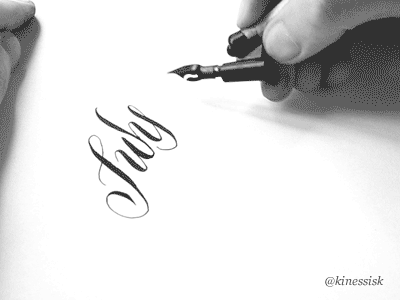
We often clutch without realizing we’re doing it, so try to mentally check yourself every few minutes to make sure you’re still holding the pen comfortably.
3. Start with Drills
Whether you plan on writing in cursive or print, it can be difficult to form nice letters without warming up. Doing a couple of simple drills will help you to write clear, confident characters. You can use the Drills section of the Improve Your Cursive Worksheet.

As children, we are generally taught to keep our paper in a vertical position in front of us. If that works for you, great! If not, feel free to experiment with different paper rotations. Keeping the paper at a certain angle can go a long way in helping you to improve your handwriting!
4. Practice with Worksheet
If you want a structured way to improve your handwriting, I made a free worksheet for you! It’s three pages long and focuses on cursive writing — you can download it by clicking here. Basically, the worksheet takes you through drills, capital & lowercase letters, words, & sentences.

The cursive writing featured in the worksheet set isn’t any sort of formal style. Instead, it focuses on the letterforms that I, personally, use in everyday cursive handwriting. Those letters are easy to create, and they connect to each other beautifully to make for quick writing.
5. Embrace Your own Style
Handwriting is a very fluid, personal thing that is always evolving. It’s not like calligraphy, where you more or less write the same every time. Instead, you’ll have neat days, and you’ll have not so neat days. No matter how your handwriting looks (like the notes pictured below).

No matter how your handwriting looks, it is a wonderful reflection of you and your personality. That’s why people love receiving handwritten notes: they represent a piece of you! So, don’t get too hung up on a radical change: instead, focus on making clearly formed letters that are easy to read.
